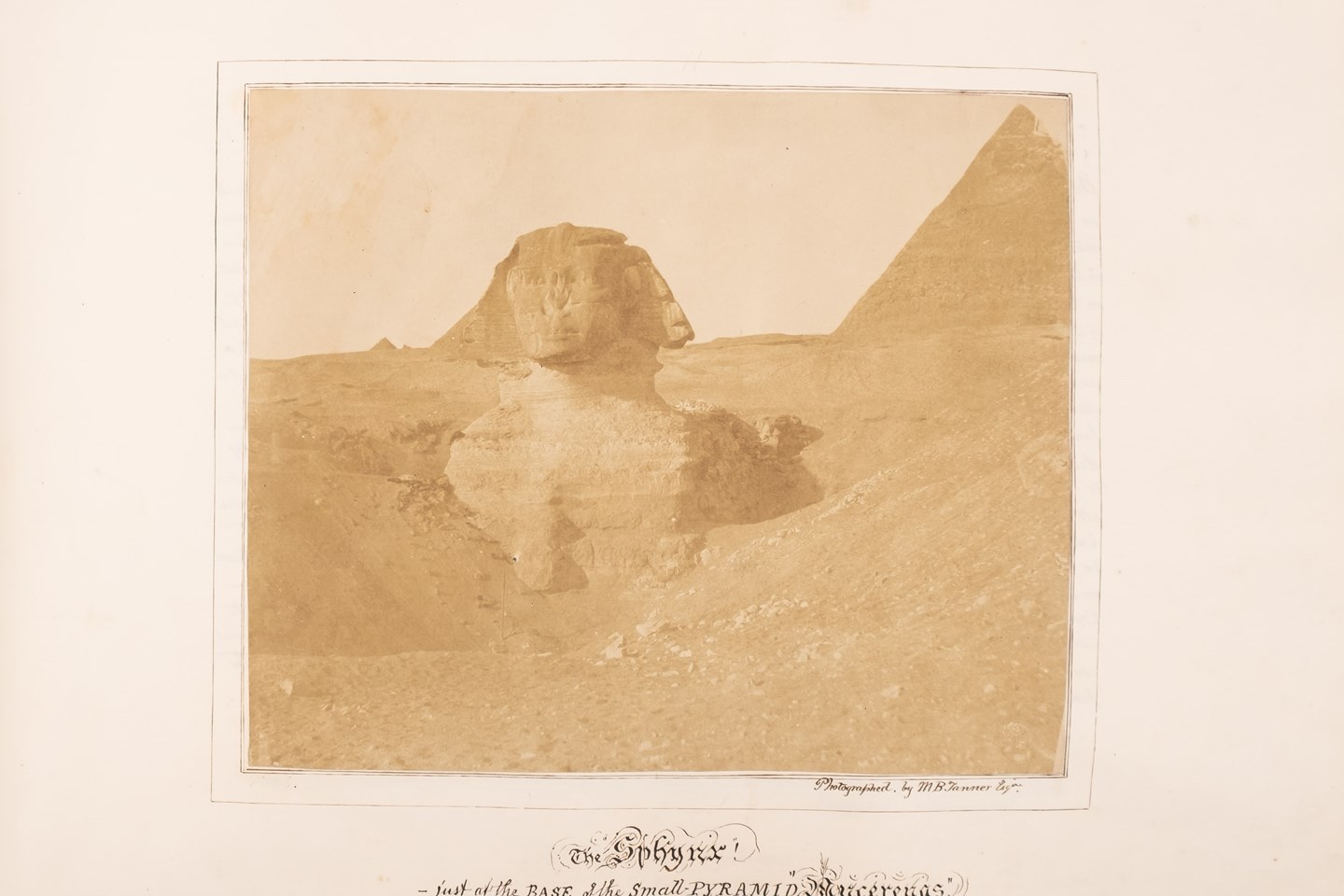
A French bronze and ormolu mantel clock, signed on the dial L'Echopié Jne à Paris, which was offered in the Clock Section of our Fine Art Auction in January 2013 and achieved £7,600. (FS17/742).
The results from the Clock Section in the January 2013 Fine Art Auction proved that antique clocks are still popular with buyers.
Of particular interest was a stunning French bronze and ormolu mantel clock (FS17/742), signed on the dial L'Echopié Jne à Paris, a highly thought-of maker who continued the clockmaking business of his father, Adam L'Echopié, from circa 1812 in the Rue Neuve des Petits Champs, Paris. This mantel clock, possibly depicting the Goddess Leto with a suckling Apollo seated on a classical day bed, has a case identical to an example signed Bassot à Paris as shown in the Encyclopedie de la Pendule Francaise by Kjellberg. This exceptional piece, with fine ormolu mounts and detail complementing the bronze case, went for a final bid of £7,600.

A Winterhalder & Hofmeier Bracket Clock (FS17/749) attained £3,300 at auction in January 2013 in a sale that demonstrated clocks remain popular with buyers.
There was one German workshop able to produce bracket clock of a quality to rival the English clockmakers of the Victorian period, Winterhalder & Hofmeier of Schwarzenbach. Known primarily for their well-made 'ting-tang' mantel clocks, the company also produced high-grade examples such as the triple-fusee, ebonised bracket clock (FS17/749) with finely cast ormolu mounts and an eight-day movement set to chime the quarters on either four gongs or eight bells. This bracket clock went under the hammer for £3,300.

The dial of a longcase clock made by the Devon-based clockmaker John Michell, circa 1690. (FS17/754).
Interesting examples of longcase clocks still command good prices as shown by lot 754, which appeared to be a humble oak cased thirty-hour example, but in actual was one of the most interesting examples of provincial clockmaking seen of this type for many years. The movement was made by John Michell, working in Chardstock in Devon in the late 1600s, who is known for his extremely fine lantern clocks. Instead of the normal four pillars holding the movement plates, this has five pillars and all are latched to the frontplate, rather than pinned, a form found in only the finest clocks by the best makers in the late seventeenth century. The movement is also furnished with beautifully worked steelwork and, unusually, strikes both the hour and half-hour on two bells. The London-style square brass dial is of the highest quality, being the much sought-after ten-inch size, with engraving between the cherub-head corner spandrels and beautifully constructed blued-steel hands, all pointing to a date of manufacture of circa 1690. Despite being in a later oak case, this longcase clock reached a bid of £820.

The movement from the John Michell longcase clock that realised £840 in the Clock Section of our recent Fine Art Sale. (FS17/754).
Lot 752 was a finely produced miniature walnut longcase clock in the Queen Anne style made circa 1840. With a small, eight-inch square brass dial and standing only six feet high, this longcase clock was always going to attract interest, especially being signed for Samuel Atfield of Brentford, a member of the well-known Atfield clockmaking family and with the label affixed inside of the case being signed in ink 'Mr Upjohn, W Maker, South Street' for one of Exeter's most illustrious clockmakers working in the early 19th century, a name also known in Brentford to where William Upjohn retired to be with his daughter-in-law, and where lived a number of clockmaking Upjohns. A final bid of £1,800 secured this longcase clock.

A miniature walnut longcase clock in the Queen Anne style, made circa 1840, and signed for Samuel Atfield of Brentford, sold for £1,800. (FS17/752).
- Bearnes Hampton & Littlewood
- Fine Art Auction
- Clock Auctioneers
- Mantel Clocks
- Bracket Clocks
- Longcase Clocks
- Adam L'Echopié
- Winterhalder & Hofmeier
- John Michell
- William Upjohn









